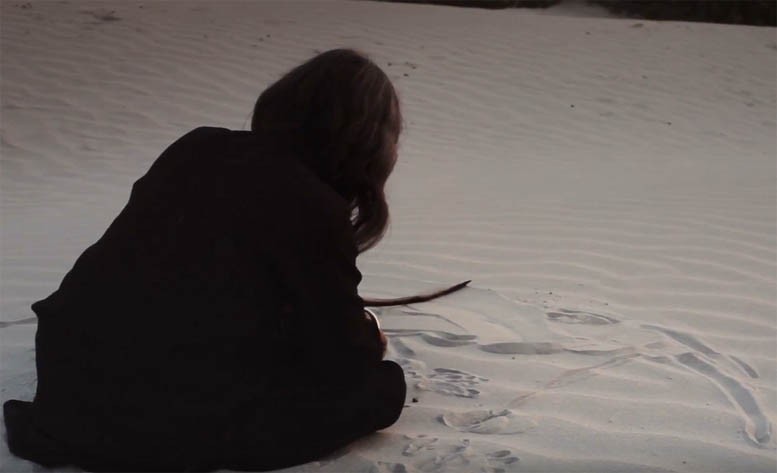
In today’s climate Sufism is both loved and misunderstood

Closer to God begins with a scene that predates all of us, it looks biblical. Through clouds of dust and dunes, a robed figure stumbles barefoot. His bare-chested companion carries a spear – it’s probably an alam or banner, but the effect is still there. Spurred by 9/11 and the invasion of Afghanistan, Swiss filmmaker Anette Berger began this musical documentary in 2002. It follows Gogi Sain, a dervish, and Ustad Naseeruddin Saami, the custodian of an ancient Sufi music tradition.
In today’s climate Sufism is both loved and misunderstood, and Berger doesn’t delve too deeply into the messy bits. Instead, the film is richly detailed, and quietly follows the two men, who never meet one another, in their shrine visits and conversations.
Ustad Saami, a philosophical man with bony fingers takes his role as guardian of a centuries-old tradition seriously. In musings that enrich the entire film, he speaks slowly and authoritatively; he describes how only a raga could cure the insomnia of Emperor Bahadar Shah Zafar’s queen, her condition baffling all the physicians. Together, Berger and cinematographer Lars Barthel are sensitive to all the details and let their protagonists speak and move unhindered. "Ishq (love) and musk cannot be hidden", at one point Ustad Saami pauses to show us the delicate carvings at the base of the sitar; at Bhit Shah, a policeman wrapped in a shawl twirls a baton like a cheerleader, in a small room in Karachi, as their voices tussle, Ustad Saami scolds his students "are we singing or competing?"
When Ustad Saami finally sings for us, it is an extraordinary occasion, his voice winds with love, grief and ache. He says there are night ragas, and day ragas and afternoon ragas. But now, he poetically asks; when should we sing the other ragas, as we are only allowed to come out at night?
The film’s more eye-catching character is the magical Goga Sain -- legs weighed down by anklets, he lights a fire in a desert and blows at the flames. Later, sitting under a tree he shows Kashif, one of the music students who anchors the film, a black stick he carries--darkened by the oil and walls of shrines, saying he is asked to bless people with it. Sain’s leg weights are astounding; stacked to the knee, each ring thick as cucumbers. Berger is clearly taken with him, discovering him by chance, for her, "he fell from the sky." However, he does come down to earth--specifically a Rawalpindi street, carrying Coca-Cola bottles. To a more cynical viewer Sain’s passion is a little suspect, and at times his enjoyment of the camera is obvious. Nonetheless his travels and commitment are exceptional. He journeyed barefoot across the country visiting shrines from various orders, even saying were it not for the war in Syria, he would go to the shrine of Bibi Zainab, the Holy Prophet’s (Peace be upon him) granddaughter. He is a foil to the fastidiousness of Ustad Saami, who is much more compelling.
The film lightly touches on some of the messy questions like Pakistani society’s tricky relationship with music, Saami says it’s being tossed between halal and haram like a sport. Despite the characters being fascinating, Berger says she struggled with getting support for a film that didn’t have a "Cat Woman". Her intentions are noble, and I’m grateful to her for casting a different glance at Pakistan, but at times the link between the two men is tenuous and it is unclear what point Closer to God is trying to drive home; apart from a poetic journey. It took three years to edit, and towards the end of the film you sense a struggle to weave and conclude it.
At one point in the film, Berger takes us to Bhit Shah. For over 250 years, according to Ustad Saami, the compositions of Shah Abdul Latif Bhittai have been performed in its courtyard, and there is no space quite like it. Encircled by the shrine’s jewel-like walls, Ustad Saami and Sons sit cross legged under a night sky. Their voices come together rejoicing, eyes focused, calling out from some deep, triumphant ache, and it rises and races. There were atheists in Berger’s film crew, but at that moment, you feel everyone rising together, viewer, cameraperson, listener alike; rise with the night, the voices and the strings and go to a place we have never been before. Berger called the film an inner journey, but at this point she takes us with her.
The author is a Karachi-based artist and writer